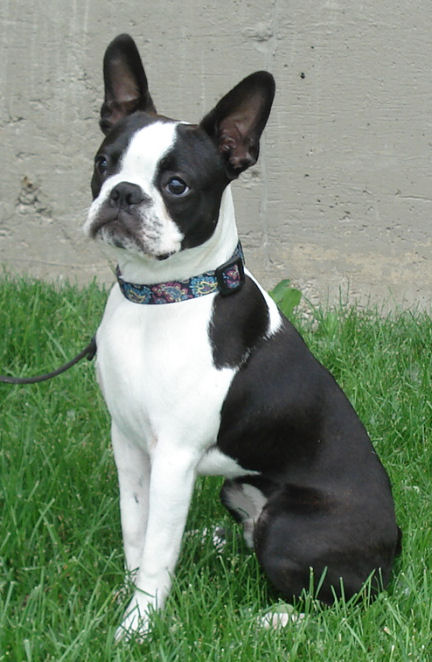Most people in dog training classes don’t realize how carefully dogs watch your body language. They notice everything. Without realizing it, you could be sending your dog a message you don’t intend.
The one we see most often is in heeling exercises. Ideally, your dog’s shoulder should be about even with your left leg. Your dog’s job is to maintain that position whenever you’re heeling.
Many dogs lag a bit behind their people, especially when performing turns or circles with the dog on the outside of the curve.
It’s perfectly natural. The dog has a longer path than yours when they’re on the outside. But it’s not what you want. Your dog should adjust their pace to maintain proper heel position.
But when the dog starts to lag, the person almost always glances back, over their shoulder, to see where the dog is. Their left shoulder moves back, and the dog notices that and lags even more.
Fix it
The cure for this is easy. Keep your shoulders straight and the dog will hustle to get up into the correct position. But remembering to do that takes some effort. That’s one of the reasons we encourage all our students to take video of their practice. Pay careful attention to the message your posture is communicating.
Another common body language cue also tells the dog “back up.” You can demonstrate this for yourself with any dog – even one who’s never done any obedient thing in their life. Call your dog to you. If they come nice and close in front of you, lean forward, just a little bit. Chances are they’ll back up immediately. That’s how sensitive your dog is to your body language. Even a slight lean is enough to make many dogs move.
Stay woes
Dogs’ responsiveness to our physical cues has caused many problems for people teaching their dogs to stay. At first, while the dog is learning, any motion on your part is enough to ruin your dog’s stay. Dogs have to be actively taught to ignore our motion when asked.

When you start to teach your dog “Stay!,” don’t move. Just the hand rewarding the dog should be your only motion. Any twitch, glance, or lean can cue an untrained dog to move. Introduce motion gradually, after your dog has some inkling of what stay is about. If your dog is in front of you, just lean to one side or the other. When they can “Stay!” through your lean, take a baby step to either side. Then a real step. It really is a step-by-step process to be able to walk around your dog.
Notice your motion
Smart dog owners will be able to take advantage of their dog’s body language perception. We use very subtle cues to let our dogs know their positioning isn’t quite right. If the dog is coming to “Heel!” and stops a bit too far back, a little shoulder twitch tells them to move up. A weight-shift from one side to the other corrects their course on a Recall.
For many of the training games, your first cue to your dog is looking at the object, whether it’s a dog bed for “Place!” or your own hand for “Touch!” Your attention to that thing will draw your dog’s. Another easy experiment: Stare at the ceiling. It won’t take long before your dog is looking up, too!

